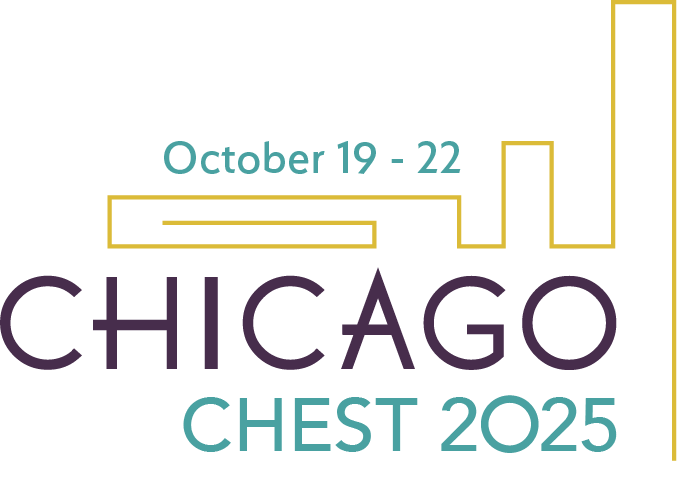
Right ventricular (RV) failure is a common and complex physiological challenge in patients who are critically ill, either from an inability to compensate for excessive RV preload or elevated afterload or from reduced myocardial contractility. This results in RV dilation and hypokinesis, leading to compromised filling of the left ventricle (LV) and decreased cardiac output. As such, therapeutic strategies focus on balancing these three elements1,2
What are the unique pathophysiologic challenges of RV failure in shock?
Unlike the systemic circulation, the pulmonary circulation operates under low pressure, which can rise in critical illness due to hypoxemia, acidosis, and hypercapnia. The RV, with thin, compliant walls, can tolerate large increases in volume but is less adaptable to acute increases in afterload, making reduction of afterload (ie, pulmonary artery [PA] pressure) a central priority in RV failure.

In patients with shock, pharmacological support with vasopressors and inotropes is often required to preserve RV coronary perfusion and enhance RV function. Hypotension leading to underperfusion of the right coronary artery leads to RV ischemia and reduction in contractility. The ideal agent would increase systemic BP and RV inotropy without aggravating PA pressure.
Are some vasopressors better than others in patients with shock and RV failure?
Although comparative data on vasopressors and inotropes in acute RV failure are limited, current expert consensus supports norepinephrine as the firstline agent.3,4 Norepinephrine, a combined α1/β1 agonist, increases perfusion pressure and improves inotropy, with some data suggesting improvement in RV-PA coupling.5 Epinephrine has a similar vasopressive effect and more robust inotropic effect but may increase myocardial oxygen demand.5

Vasopressin may be useful in patients with RV failure who are hypotensive. At low doses, vasopressin may reduce PA pressure; however, higher doses (> 0.08 U/min) have been associated with coronary vasoconstriction and elevation in PA pressure. Recent retrospective data suggest a possible mortality benefit when vasopressin is added early to norepinephrine in the management of cardiogenic shock.6
Phenylephrine should generally be avoided, as its pure α1 agonist lacks inotropy, may increase PA pressure, and can induce bradycardia.4 Dopamine is avoided due to unpredictable dose-dependent effects and arrhythmogenicity; it is also the only vasopressor associated with increased mortality in septic shock.7
To support RV contractility and address low cardiac output, inotropic agents such as dobutamine and milrinone are commonly used, with comparable outcomes and arrhythmogenic profiles.8
Dobutamine, a β1-adrenergic agonist, has a short half-life and enhances RV contractility, though it may lower systemic BP at higher doses. Milrinone, a phosphodiesterase III inhibitor, has a longer half-life, is renally cleared, and reduces both RV and LV end-diastolic pressures. However, its potent vasodilatory effects may worsen hypotension in patients with an underfilled LV or in vasodilatory shock.1,2 Thus, in patients who are hypotensive, norepinephrine with or without vasopressin should be started with the addition of either dobutamine or milrinone if there are persistent concerns for inadequate cardiac output.
Ultimately, the choice of vasoactive support should be individualized based on bedside assessment, including point-of-care ultrasonography and hemodynamic data. Therapy should target the primary pathophysiological mechanism—whether it be preload optimization, afterload reduction, or augmentation of contractility—and be directed toward restoring RV-PA coupling while avoiding interventions that worsen ventricular interaction or systemic perfusion.
References
1. Ventetuolo CE, Klinger JR. Management of acute right ventricular failure in the intensive care unit. Ann Am Thorac Soc. 2014;11(5):811-822. doi:10.1513/AnnalsATS.201312-446FR
2. Houston BA, Brittain EL, Tedford RJ. Right ventricular failure. N Engl J Med. 2023;388(12):1111-1125. doi:10.1056/NEJMra2207410
3. Konstam MA, Kiernan MS, Bernstein D, et al; American Heart Association Council on Clinical Cardiology; Council on Cardiovascular Disease in the Young; and Council on Cardiovascular Surgery and Anesthesia. Evaluation and management of right-sided heart failure: a scientific statement from the American Heart Association. Circulation. 2018;137(20):e578-e622. Preprint. Posted online April 12, 2018. doi:10.1161/CIR.0000000000000560
4. Rajagopal S, Ruetzler K, Ghadimi K, et al; American Heart Association Council on Cardiopulmonary, Critical Care, Perioperative and Resuscitation, and the Council on Cardiovascular and Stroke Nursing. Evaluation and management of pulmonary hypertension in noncardiac surgery: a scientific statement from the American Heart Association. Circulation. 2023;147(17):1317-1343. Preprint. Posted online March 16, 2023. doi:10.1161/CIR.0000000000001136
5. Kerbaul F, Rondelet B, Motte S, et al.Effects of norepinephrine and dobutamine on pressure load-induced right ventricular failure. Crit Care Med. 2004;32(4):1035-1040. doi:10.1097/01.ccm.0000120052.77953.07
6. Sarma D, Smith R, Padkins M, et al. Association between vasopressin administration and mortality in patients with cardiogenic shock. Am Heart J. 2025;286:88-96. PMID: 40120706. doi:10.1016/j.ahj.2025.03.009
7. Vasu TS, Cavallazzi R, Hirani A, Kaplan G, Leiby B, Marik PE. Norepinephrine or dopamine for septic shock: systematic review of randomized clinical trials. J Intensive Care Med. 2012;27(3):172-178. Preprint. Posted online March 24, 2011. doi:10.1177/0885066610396312
8. Jung RG, Di Santo P, Mathew R, et al. Arrhythmic events and mortality in patients with cardiogenic shock on inotropic support: results of the DOREMI randomized trial. Can J Cardiol. 2023;39(4):394-402. doi:10.1016/j.cjca.2022.09.013
